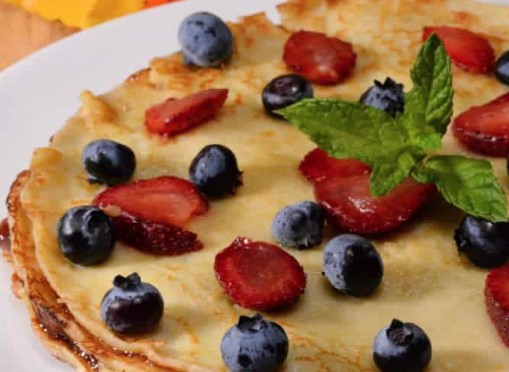Introduction: Liechtenstein’s culinary scene
Liechtenstein is a small, landlocked country located in Europe that is often overlooked when it comes to its culinary scene. However, the country has a rich history of traditional cuisine that reflects its location and culture. Liechtenstein’s cuisine is heavily influenced by its neighboring countries, including Austria, Switzerland, and Germany.
The importance of locally sourced ingredients
In recent years, there has been a growing emphasis on the importance of locally sourced ingredients in the culinary world. Locally grown produce and ingredients not only support local farmers and businesses, but they also have a lower environmental impact due to a reduction in transportation costs. This trend has also been reflected in Liechtenstein’s cuisine, with many chefs and restaurants opting to use locally sourced ingredients in their dishes.
Available local produce in Liechtenstein
Despite its small size, Liechtenstein has a variety of local produce available, including dairy products such as cheese and butter, as well as fruits and vegetables like apples, pears, and potatoes. The country also has a strong tradition of hunting, which means that game meat such as venison is a popular ingredient in Liechtenstein cuisine.
Traditional Liechtenstein recipes and ingredients
Traditional Liechtenstein cuisine is heavily influenced by its neighboring countries, with dishes such as schnitzel and rosti being popular. However, the country also has its own unique dishes, such as Käsknöpfle, a pasta dish made with cheese, and Ribel, a type of polenta. Local ingredients such as game meat, cheese, and potatoes are often featured prominently in these dishes.
The impact of globalization on Liechtenstein cuisine
Like many countries around the world, Liechtenstein has also been impacted by globalization and the trend towards international cuisine. This has led to the introduction of new ingredients and dishes from around the world, which have been incorporated into Liechtenstein cuisine. However, there is still a strong emphasis on using local ingredients and traditional dishes in many restaurants and homes.
Conclusion: Balancing tradition and modernity in Liechtenstein cooking
Liechtenstein’s culinary scene is a unique blend of traditional dishes and modern influences. While there is a growing focus on locally sourced ingredients and traditional dishes, there is also a willingness to incorporate new ingredients and cooking techniques from around the world. This balance between tradition and modernity is what makes Liechtenstein cuisine so interesting and diverse.

